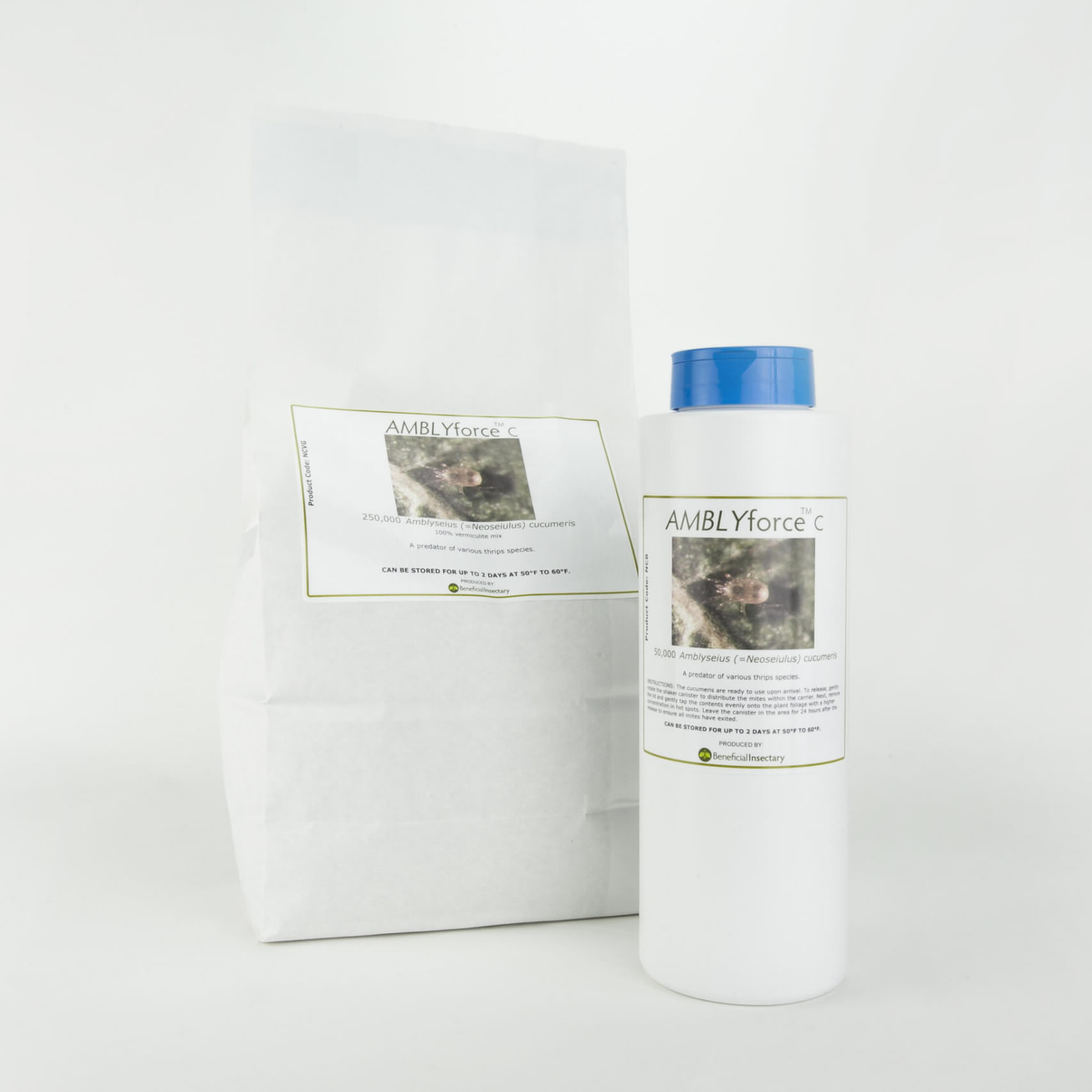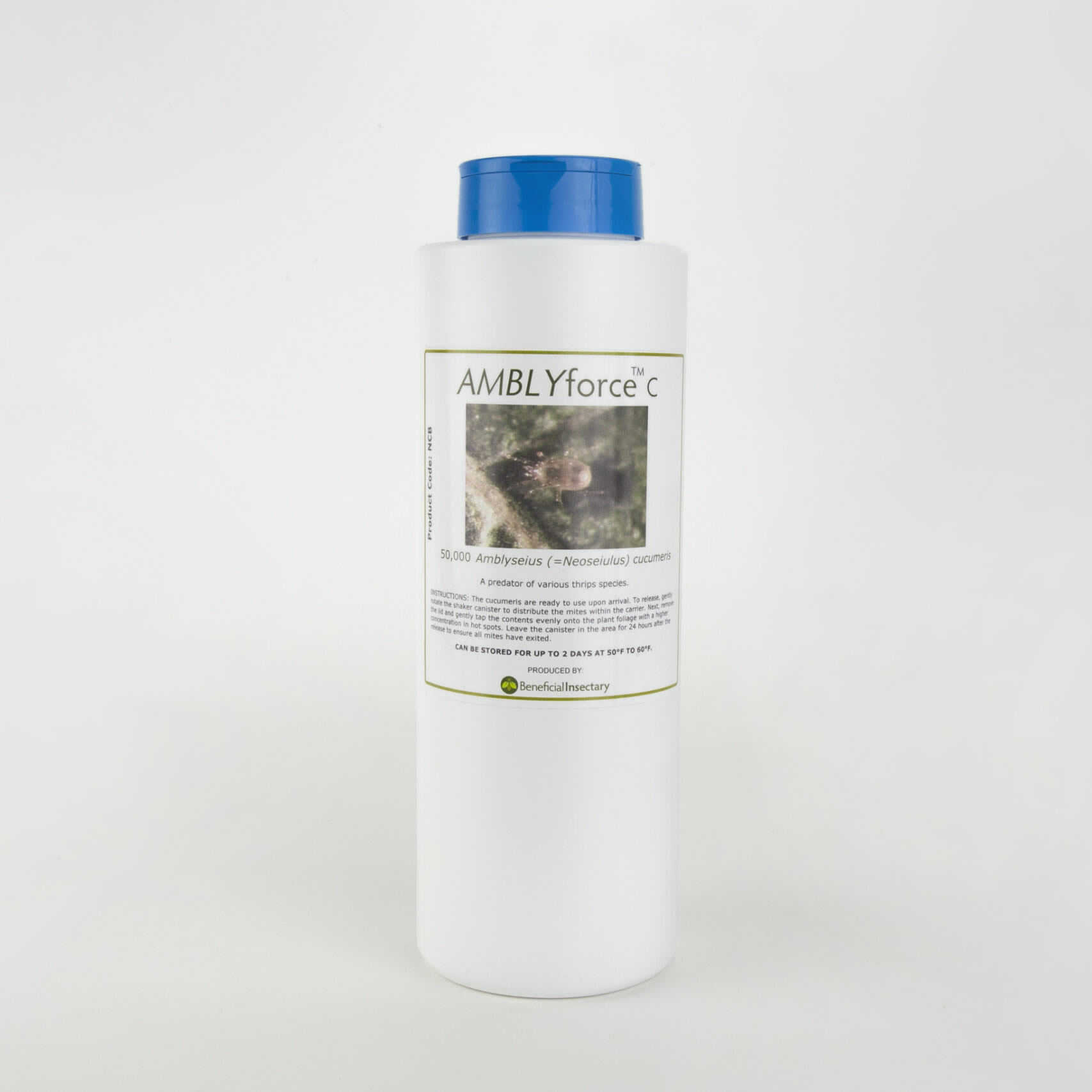THRIPS CONTROL
Thrips
Thrips are members of the order Thysanoptera, which has over 4,500 species present throughout the world.
Several thrips’ species affect field, greenhouse, and interiorscapes crops, many causing irreversible fruit and floral damage.
Thrips are often not host-specific, and each species can feed on several different plants.
Thrips have piecing-sucking mouthparts that pound open leaf tissue and inject saliva, breaking down plant cells and causing them to ooze plant sap. The thrips then insert their stylet into the damaged cells to drink the plant sap.
Thrips can also vector serious diseases, the most notable being tospoviruses.
Most thrips species have a body shaped like a cigar and vary drastically in coloration. Identification should not be made based on body shape or coloration alone.
While most thrips damage can be characterized as, “silver streaks on the leaves,” some species of specialist thrips can form galls of their hosts, while other species are predatory.
Female thrips can reproduce sexually or asexually; females develop from fertilized eggs while males develop from unfertilized eggs.
Eggs are typically laid singularly, by adult thrips opening up leaf tissue with their ovipositor and laying an egg inside. Some species do lay eggs outside of leaf tissue.
Thrips go through an incomplete metamorphosis consisting of two mobile nymph stages (often referred to as larvae) and two to three immobile nymph stages (often referred to as pupae).
Mobile thrips nymphs will feed similarly to adults, but rely on crawling to spread throughout a crop.
In some thrips species, the immobile nymph stages occur in the soil, away from the rest of an infestation.
Thrips’ life cycle is temperature-dependent, but development time is often shorter in warmer conditions. Adult thrips can live to be over 30 days old.
Thrips can enter greenhouses in several ways, including their eggs being brought in on new cuttings.
Thrips can reside in a greenhouse year-round, hiding in small areas around a greenhouse. Even when crops have been absent for months, thrips can wait on debris until new plant material appears.
Thrips can survive through winter by diapausing their egg or immobile nymphal stages.
Adult thrips have wings, but are not the strongest fliers since their wings closely resemble a feather. Thrips use these feather-like wings to hurl themselves forward and allow themselves to glide downwards or be taken by the wind.
Thrips eggs are not affected by any conventional or biological force that we are aware of, so their populations will always be somewhat present.
Foliar and soil applications need to be considered when dealing with a species of thrips that has an immobile nymph stage in the soil
Thrips will feed on pollen and will begin breeding at an accelerated rate in the presence of pollen.
Many conventional applications are only effective on certain species of thrips.
Beneficial Insectary mass-rears biological pest control agents that explicitly address the natural management of thrips. Contact an IPM Specialist to determine what management practices apply to you.
Proper species identification is critical in determining an appropriate management plan. Some thrips species do not respond well to basic entomopathogen sprays, while others show increased resistance to those same sprays.
Make applications of predators before thrips populations get too high. Predatory organisms can only do so much against thrips in certain crops.
Be sure to monitor and track thrips pressure throughout the year, especially when pollen starts to become more apparent in your area, and be sure to adjust predatory and conventional applications appropriately.
Passive scouting with sticky cards is a great way to monitor thrips levels in a general sense. Thrips can also be shaken out of lightly tapped plants on white paper for identification.
Look for thrips feeding damage on new growth around flowers and fruit.
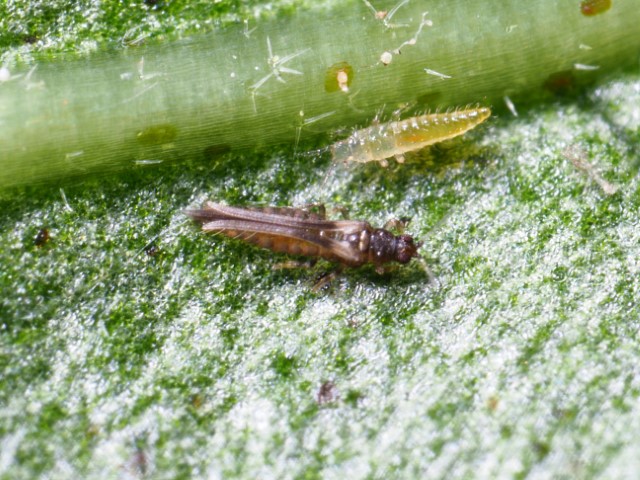
NATURAL SOLUTIONS
Products We Offer

STRATIOforce™
(Stratiolaelaps scimitus)These predatory mites are essential to a successful thrips control program. Also great against fungus gnats.
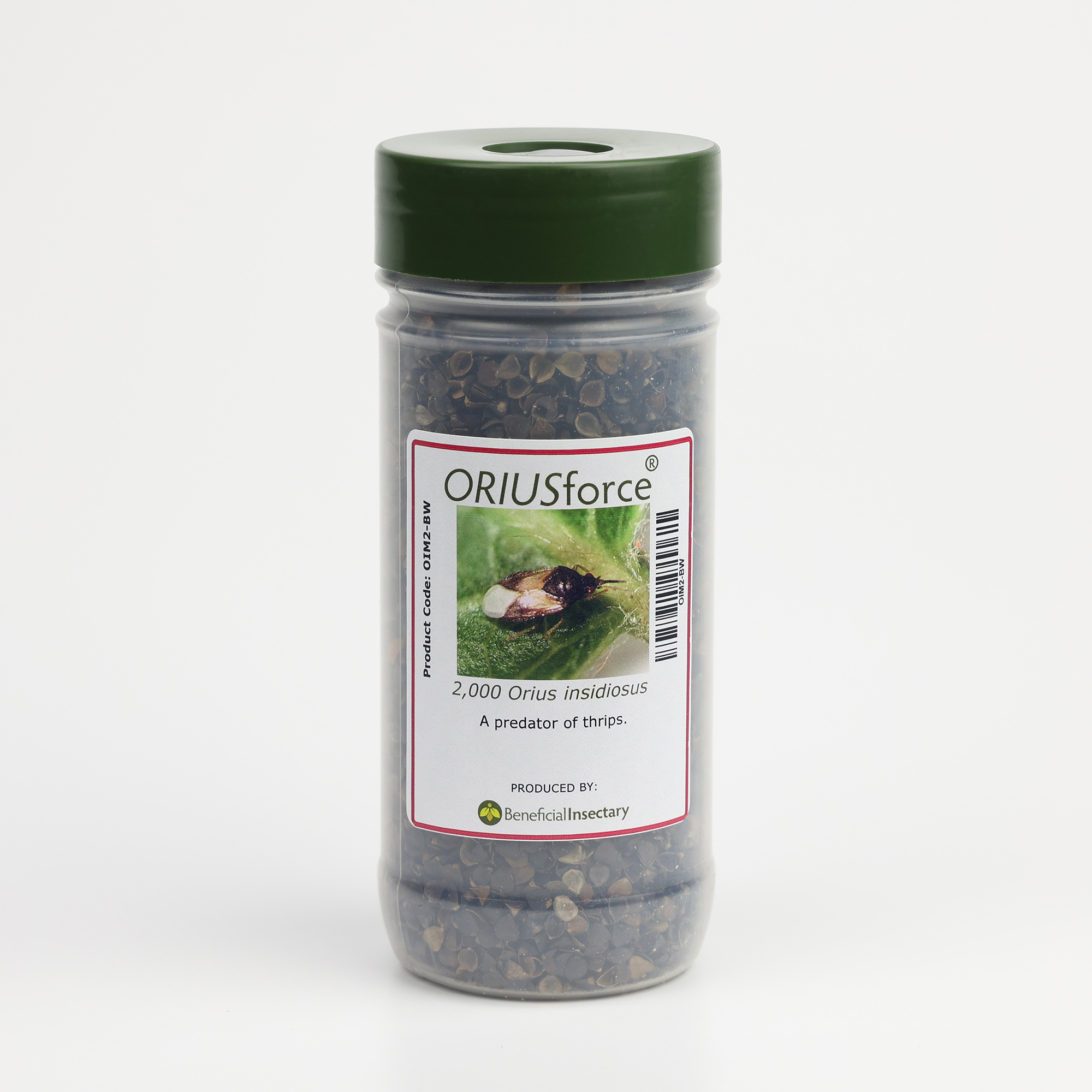
ORIUSforce™
(Orius insidious)These true bugs are very aggressive and capable of going after thrips within flower buds. May also consume other prey.
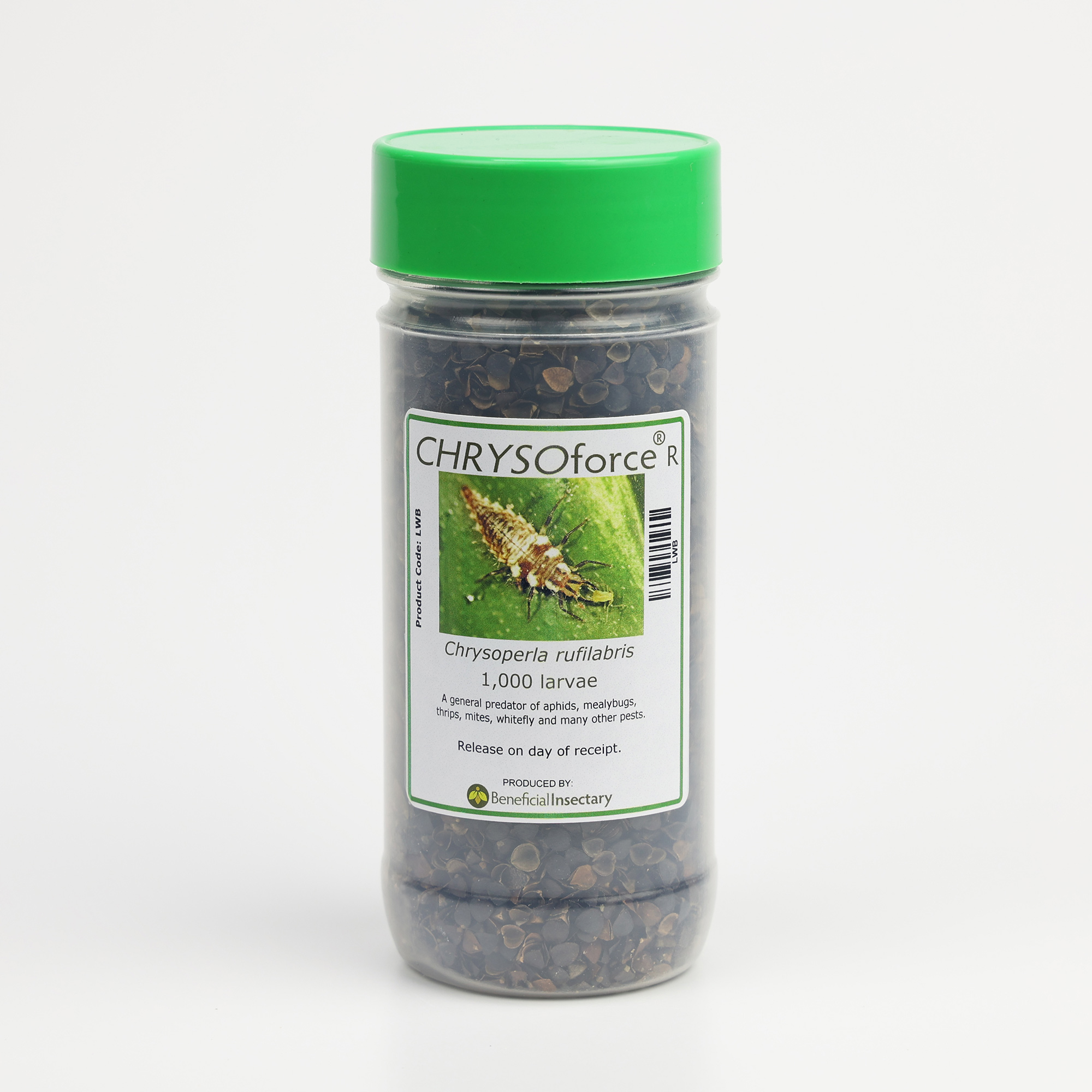
CHRYSOforce™ R
(Chrysoperla rufilabris) Green lacewings are aggressive predators of aphids and other soft-bodied pests. Larvae are ideal for faster control.

